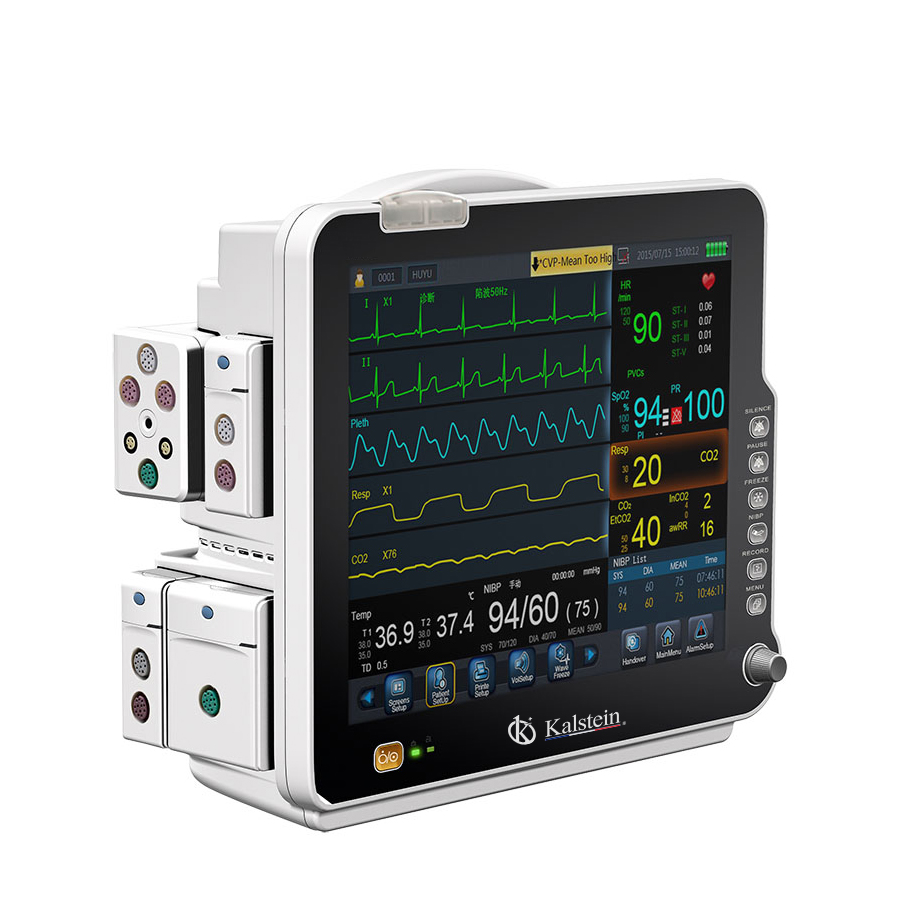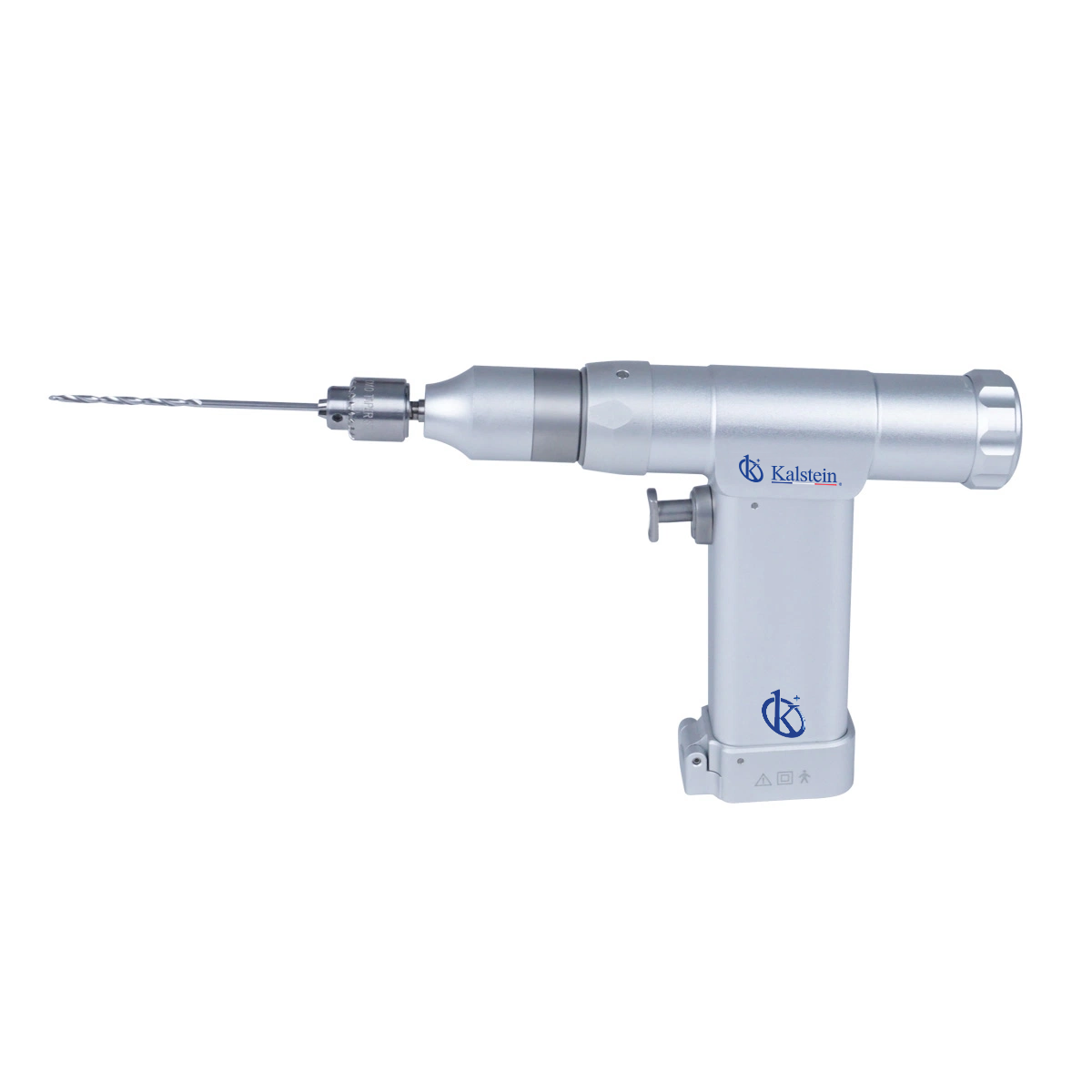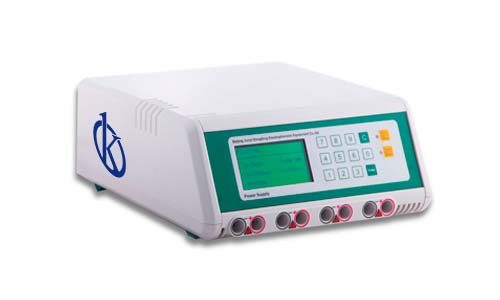In the medical field, constant and accurate monitoring of patients is essential, especially when it comes to newborns and children. The latest generation of patient monitors and infant monitors are key tools that allow healthcare professionals to ensure the safety and well-being of the youngest.
I have had the opportunity to work with these devices in-depth, and I want to share my experience about their features, advantages, disadvantages, and how they compare to other market options.
If you are looking for a blend of innovation and quality, you have come to the right place. At https://kalstein.co.uk/category-product/medical-line/patient-and-fetal-monitor/, we offer you the luxury of exploring our exclusive catalog of laboratory equipment. Each of our products is manufactured with a high level of excellence. Our intuitive and agile online purchasing channels are designed for your convenience, ensuring the most competitive prices. Don’t hesitate any longer, we bring science to life. It’s time to join our community. https://kalstein.co.uk/
Kalstein’s Patient Monitor and Infant Monitor
Patient and infant monitors are designed to continuously monitor vital signs such as heart rate, respiration, oxygen saturation, and blood pressure. Infant monitors focus on newborns and children, requiring more delicate and precise monitoring due to their fragile health condition. These devices are equipped with advanced technology that allows for real-time, accurate results, facilitating quick intervention in case of any anomaly.
One model I have used is Kalstein’s infant monitor. This device stands out for its measurement precision and intuitive interface, making it especially useful in critical settings such as neonatal and pediatric units. Additionally, its compact design allows easy mobility within the hospital, essential when transferring patients from one unit to another.
Features of Patient and Infant Monitors
Some of the most important features of these monitors include:
-
High-resolution color screens: Next-generation monitors like Kalstein’s have LCD screens that facilitate real-time data visualization.
-
Adjustable alarms: The ability to set custom alarms allows professionals to react immediately to any variation in vital signs.
-
Integration capabilities: These monitors easily integrate with other hospital systems, simplifying patient information management.
-
Continuous monitoring: The ability to continuously and non-invasively monitor vital signs is essential, especially in newborns and children.
-
Long-lasting battery: The ability to operate without being connected to the power grid for extended periods is key in emergencies.
These features not only improve monitoring quality but also enable more personalized and efficient patient care.
Why Is the Price of the Patient and Infant Monitor Set as It Is?
The price of patient and infant monitors varies depending on the functionalities, quality of materials, and technology used. In the case of Kalstein’s infant monitor, its value is supported by the advanced technology it incorporates, the precision of its measurements, and its robustness in high-demand hospital environments.
Cheaper devices often lack advanced features like integration with hospital information systems, customizable alarms, or intuitive interfaces. Additionally, long-term durability and reliability are also determining factors in price. Therefore, when opting for a high-end device like Kalstein’s, you are investing in safety, precision, and quality—critical elements in neonatal care.
Compare Kalstein’s Infant Monitor with Other Similar Products
When comparing Kalstein’s infant monitor with other market products such as Medical Expo, Hergom Medical, and Zoncare, key differences emerge that make Kalstein a superior option in several areas:
-
Medical Expo: Although Medical Expo offers a wide range of pediatric monitors, many of their products tend to be more expensive without offering significantly superior features compared to Kalstein. Moreover, Medical Expo models often have more complex interfaces, which can complicate their use in emergency situations.
-
Hergom Medical: This brand offers competitive pediatric monitors, but in terms of durability and reliability, Kalstein’s products excel. I have noticed that Hergom devices require more frequent maintenance, which can be inconvenient in environments where continuity is key.
-
Zoncare: Zoncare offers pediatric monitors at lower prices but with fewer customization options and less integration capability with other hospital systems. Additionally, their battery life is shorter, which could limit their use in certain contexts.
In summary, Kalstein monitors offer an ideal combination of price, functionality, and reliability, outperforming competitors in several key areas.
Pros and Cons of Kalstein’s Patient and Infant Monitors
|
Pros |
Cons |
|
High-resolution, easy-to-read screen. |
Higher price compared to more economical brands. |
|
Customizable alarms for different clinical situations. |
Requires training to take full advantage of its features. |
|
Seamless integration with other hospital systems. |
Some units can be heavy to transport. |
|
High precision in vital sign measurement. |
Software updates can be complicated without technical support. |
|
Long-lasting battery, ideal for emergencies. |
|
|
Intuitive and easy-to-use interface. |
|
|
Durability in demanding environments like intensive care. |
|
|
Reliable and accessible technical service. |
Advantages of These Patient and Infant Monitors
The advantages of infant monitors are clear when compared to other devices on the market. Their precision and reliability are unbeatable, ensuring patient safety at all times. Moreover, the ease of use of the equipment allows for quick and efficient implementation in any clinical setting, reducing the necessary training time for healthcare professionals.
Another significant advantage is their integration capability with other hospital systems, facilitating centralized patient information management, improving medical team coordination, and reducing errors.
Other Benefits of These Patient and Infant Monitors
Kalstein monitors also offer excellent value for money when considering their durability and resistance in high-demand hospital environments. These devices are designed to withstand constant use without compromising measurement quality, ensuring reliable long-term performance.
Furthermore, their compact and portable design makes them easy to use in different areas of the hospital, from emergency rooms to intensive care units, maximizing their utility in a dynamic hospital setting.
Reviews on Patient and Infant Monitors
Feedback from healthcare professionals who have used these monitors has been extremely positive. The accuracy of the data they provide, their ease of use, and the quick response of the equipment to any changes in the patient’s vital signs stand out.
Moreover, Kalstein’s technical support has been rated as one of the best, ensuring that any problem or update is resolved quickly and efficiently.
Frequently Asked Questions about Patient and Infant Monitors
What are the main functions of an infant monitor?
An infant monitor continuously measures and monitors vital signs such as heart rate, blood pressure, oxygen saturation, and respiration, allowing early detection of anomalies.
Can this monitor integrate with other medical equipment?
Yes, Kalstein monitors have integration capabilities that allow them to connect to hospital systems, facilitating centralized patient data management.
How accurate is the measurement in these monitors?
These monitors are extremely accurate, which is crucial in monitoring neonatal and pediatric patients, where every second counts.
Does the equipment require much maintenance?
No, the monitors are designed to be durable and require minimal maintenance, although periodic reviews are recommended.
Is the monitor easy to transport?
Yes, the compact and portable design of these monitors makes them easy to transport between different areas of the hospital, though some models may be heavier.
Does the equipment include a warranty?
Yes, Kalstein offers a reliable warranty that covers possible manufacturing defects and guarantees technical support.
Conclusions on These Patient and Infant Monitors
In conclusion, patient monitors and infant monitors are an excellent option for any hospital environment seeking to combine precision, reliability, and ease of use. From my experience with these devices, I can confidently say that their quality surpasses many market options, and their advanced technology ensures continuous and accurate monitoring of the most vulnerable patients.
If you are looking for an infant monitor that offers total safety in neonatal care, Kalstein is a choice that will not disappoint.




